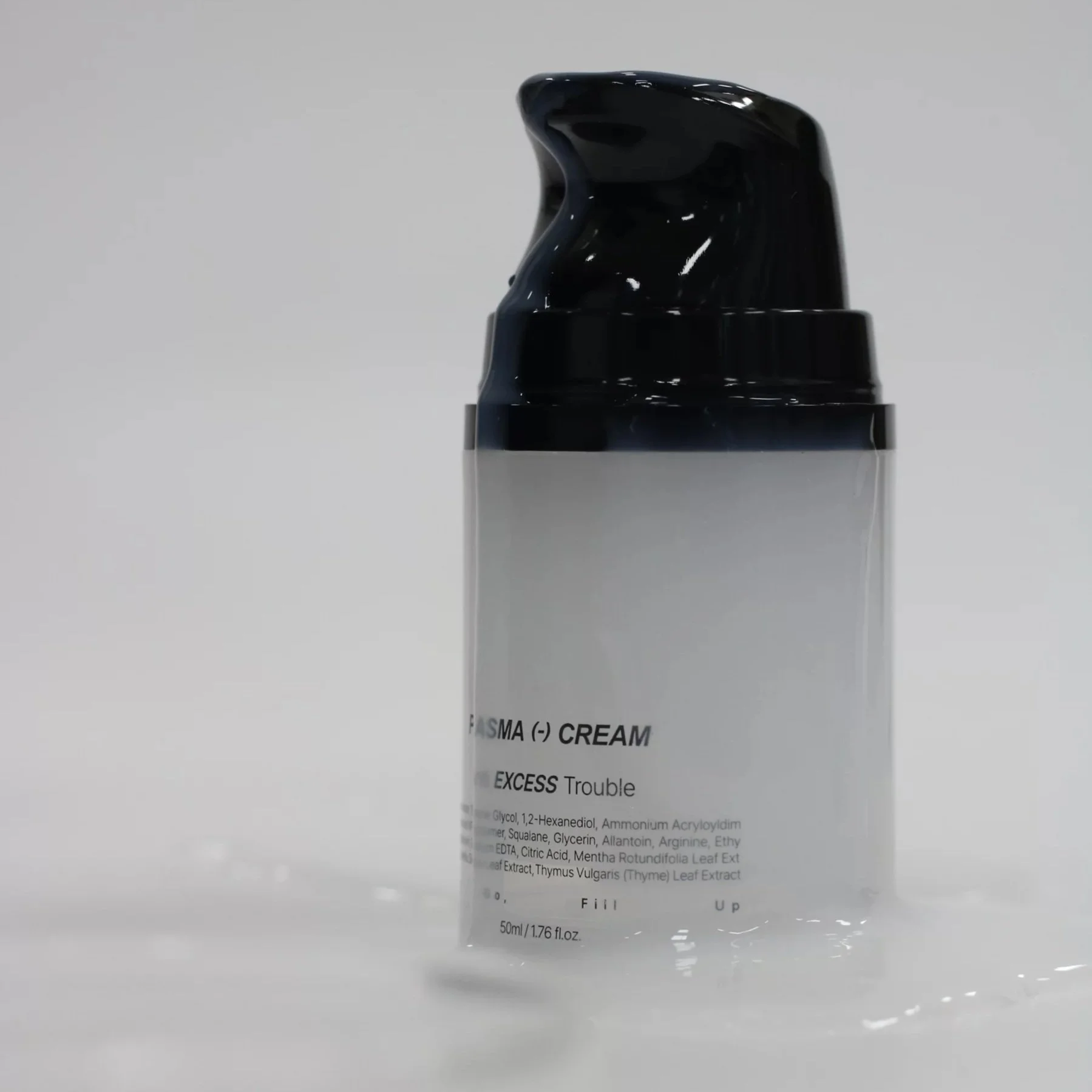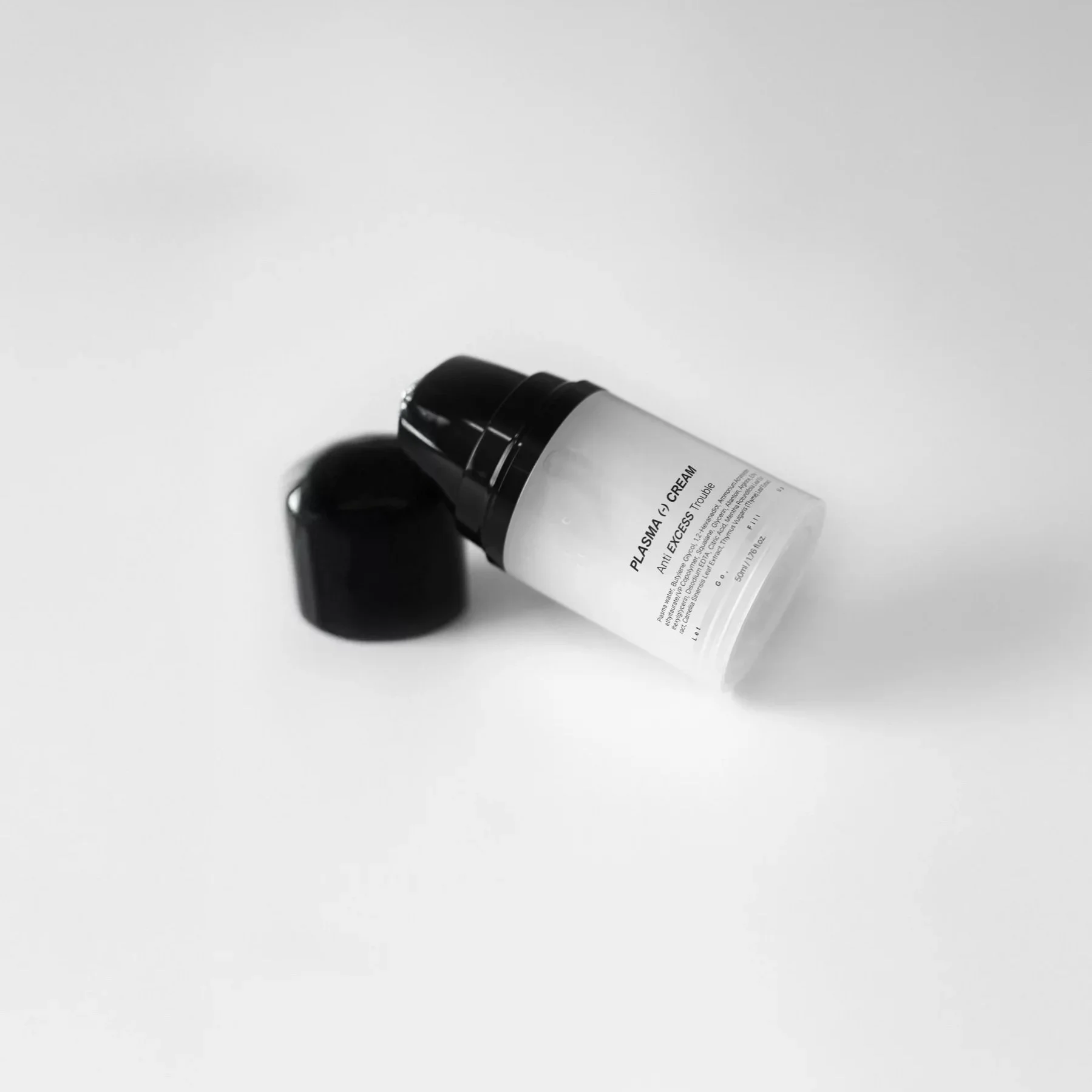Why Liquid Plasma Might Be The Answer To Acne And Redness You've Been Searching For
Hey besties! Skincare trends come and go, but every now and then something emerges that genuinely offers a new approach to persistent skin problems. Liquid plasma is one of those breakthroughs and it’s starting to gain traction (for good reason). It's not about harsh treatments or masking symptoms anymore - it's about truly changing the skin’s environment in a way that supports healing from within.
If you've ever dealt with acne, redness, irritation, and the constant flare-ups that come with them, chances are you've cycled through dozens of products with little long-term success. That’s where liquid plasma stands apart. Instead of reacting to skin issues, it helps balance, soothe, and support the skin at its foundation.
Let’s look at some before and after pictures, what liquid plasma is, how it works, and why it could be a serious option for people dealing with sensitive, acne-prone, or inflamed skin.
Let’s start with a li’l video that gives you a closer look!
What Is Liquid Plasma in Skincare?
When most people hear the word "plasma” they think of a medical setting, but in skincare plasma refers to an energized state of matter that can create a biological reaction in the skin. Specifically, "cold" or non-thermal plasma has been studied for its wound-healing, antibacterial, and anti-inflammatory properties.
Liquid plasma is a water-based version of this technology. Instead of needing a device that generates plasma on the skin, the plasma is already dissolved in purified water through a special process. This makes it easier to apply at home and more accessible because it removes the need for professional equipment.
The real power of liquid plasma lies in how it interacts with the skin. It delivers reactive oxygen and nitrogen species that help eliminate harmful bacteria, reduce inflammation, and promote skin regeneration. Most importantly, unlike some other treatments it doesn’t strip or damage the skin in the process.
How It Works on Acne and Breakouts
Clogged pores, excess oil, and bacteria often cause acne. Traditional treatments target oil production or try to dry out breakouts, which can cause irritation or rebound effects. Liquid plasma works differently.
It effectively targets harmful bacteria in the skin, addressing the root cause of acne while preserving beneficial bacteria essential for skin balance. This is a significant shift from conventional acne products, which often use harsh ingredients like benzoyl peroxide that can leave the skin red, flaky or overly sensitive.
Plasma technology also reduces inflammation, so it's not just treating visible pimples but calming the redness and swelling that come with them. It also speeds up the skin’s natural healing process, which is useful if you’re dealing with stubborn acne marks or scars.
Another important point is that liquid plasma doesn’t clog pores or create buildup. It helps improve skin clarity over time by supporting the skin’s barrier and restoring a healthy microbiome.
Why Redness and Irritation Respond Well to Liquid Plasma
People with sensitive skin know how difficult it can be to find products that don’t cause stinging, itching, or more redness. This is especially true for those with conditions like rosacea, dermatitis or any other form of skin atopy.
Liquid plasma offers a gentle but effective option. Its anti-inflammatory properties help calm irritation quickly, and since it doesn’t rely on strong actives, it's much less likely to trigger a reaction. It's also amazing for people who have recently undergone skin procedures like laser, microneedling or chemical peels which can leave the skin more fragile and inflamed.
The key difference is how it treats the skin’s environment. Instead of temporarily masking symptoms, it encourages balance by eliminating the bacteria and stressors that cause inflammation in the first place.
The Science Behind Liquid Plasma’s Effects
While liquid plasma may sound like a futuristic buzzword, the science behind it is already well-established in medical settings. Research has shown that plasma can accelerate wound healing, sterilize surfaces, and even enhance the absorption of other skincare ingredients. It helps by producing a biochemical reaction that stimulates skin regeneration, improves circulation, and boosts antioxidant activity.
Because it's non-toxic and doesn't generate heat, liquid plasma can be used even on fragile or compromised skin. And since it's water-based, it fits easily into most skincare routines.
Another benefit is that the skin responds very quickly. Users often report a noticeable difference in texture, redness, and acne within days, especially when using a combination of serum and cream to lock in the active ingredients.
What to Expect in the First Few Weeks of Using Liquid Plasma
When starting any new skincare product, especially one that affects your skin's behavior, it’s normal to wonder what the adjustment period might look like. With liquid plasma, most people notice slight changes within the first few days, but real improvements often come after consistent use over a couple of weeks.
Initially, your skin may feel slightly tingly after application. This usually fades within a few minutes and lessens with regular use. Some users also report a temporary increase in breakouts, especially if there’s already trapped inflammation under the surface. This is often skin purging, which is a sign that the formula is removing what has been sitting stagnant beneath the skin’ surface.
After about 10 to 14 days, most people notice a reduction in redness, fewer active breakouts and a calmer overall appearance. Skin texture may start to feel smoother and any dry patches may clear up. By the one-month mark, the skin often looks more even, with better moisture retention and fewer flare-ups.
Keeping things simple during this period helps. Avoid layering too many active ingredients and let the liquid plasma be the star of the show. Patience pays off, especially with a treatment that works from the inside out.
Skin Types That Can Benefit Most
One of the most impressive things about liquid plasma is its flexibility. It's not limited to one skin type or concern. Here’s how it can help across the board:
Acne-Prone Skin: Reduces bacteria, redness and inflammation without over-drying.
Sensitive Skin: Soothes irritation while reinforcing the skin barrier.
Dry Skin: Supports hydration and healing without clogging pores.
Combination and Oily Skin: Helps balance oil production while calming any flare-ups.
Skin Recovering from Treatments: Useful after peels, lasers or needling to speed up healing and reduce post-treatment downtime.
Because of its gentle but targeted action, it also works well for people who are tired of rotating through aggressive products that only cause more sensitivity.
A Closer Look at Medipair’s Plasma Serum and Cream
While the spotlight here is on liquid plasma as a concept, it’s worth briefly highlighting our favorite brand that has refined it for daily skincare. Medipair’s Plasma Serum and Cream are both based on patented technology that dissolves liquid plasma into purified water for maximum absorption.
The serum is lightweight and designed to absorb quickly into the skin, delivering active ingredients deep into the skin. The cream acts as a barrier, sealing in moisture and extending the antibacterial effects. Used together, they support the skin's natural defense system while working to clear existing issues.
These products are especially well-suited for anyone recovering from professional treatments or dealing with chronic inflammation. The ingredients are non-irritating and safe for all ages. The formulas also include soothing agents like green tea extract, thyme, and allantoin which help reduce redness and promote healing.
One important thing to note: if your skin appears red right after using it, that’s not a bad sign. It may mean that bad bacteria are being eliminated and the skin is shifting into repair mode. Similarly, if you notice acne turning into pustules, it may be that the product is bringing underlying inflammation to the surface, allowing for faster resolution.
The Takeaway
Skin issues like acne, redness, and chronic irritation are more than just cosmetic problems. They affect confidence, comfort and daily life. While there’s no one-size-fits-all solution, liquid plasma presents a promising option that works with the skin rather than against it.
It’s not a quick fix, but with consistent use, many people see real improvements in texture, tone, and overall skin health. By reducing inflammation, calming irritation and restoring balance to the skin’s environment, liquid plasma offers a fresh approach to skincare that’s backed by science and real-world results.
For those who have tried everything and still feel stuck in a cycle of irritation and breakouts, this might be worth exploring. It’s a quiet revolution in skincare that’s helping people gently and effectively heal their skin.
Frequently Asked Questions
-
Yes. Liquid plasma is non-toxic and doesn’t cause chemical burns or irritation like some other exfoliants or acne treatments. You can use it daily, and while there may be a tingling sensation when you first start using the products that quickly fades and is replaced with a cooling, soothing sensation long-term.
-
Indirectly, yes. While the primary focus is anti-inflammatory and antibacterial, it also promotes regeneration and supports collagen production. That means firmer, more even-toned skin over time.
-
Plasma machines used in clinics can be more intense and require downtime. Liquid plasma offers a gentler, daily-use alternative that is still effective, especially when used consistently.
-
Hormonal acne can be stubborn, but liquid plasma can still help reduce inflammation and bacteria. While it may not address the underlying hormone imbalance, it can help reduce its visible impact.
Ok, besties - that’s all I’ve got for this week! Check back in soon for a new post and don’t forget to follow me on Instagram for sneak peeks on what’s new and happening!






